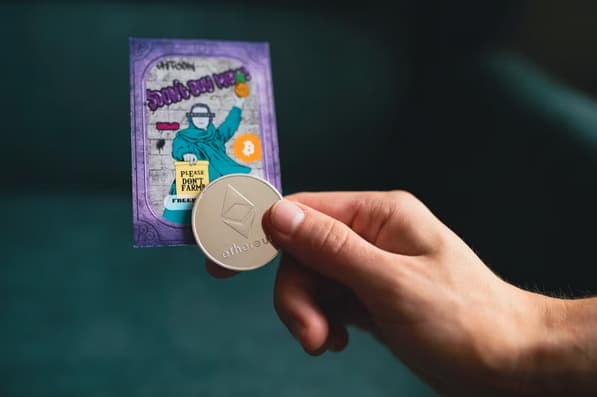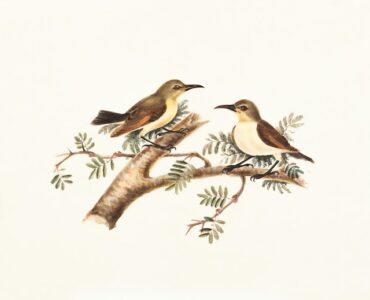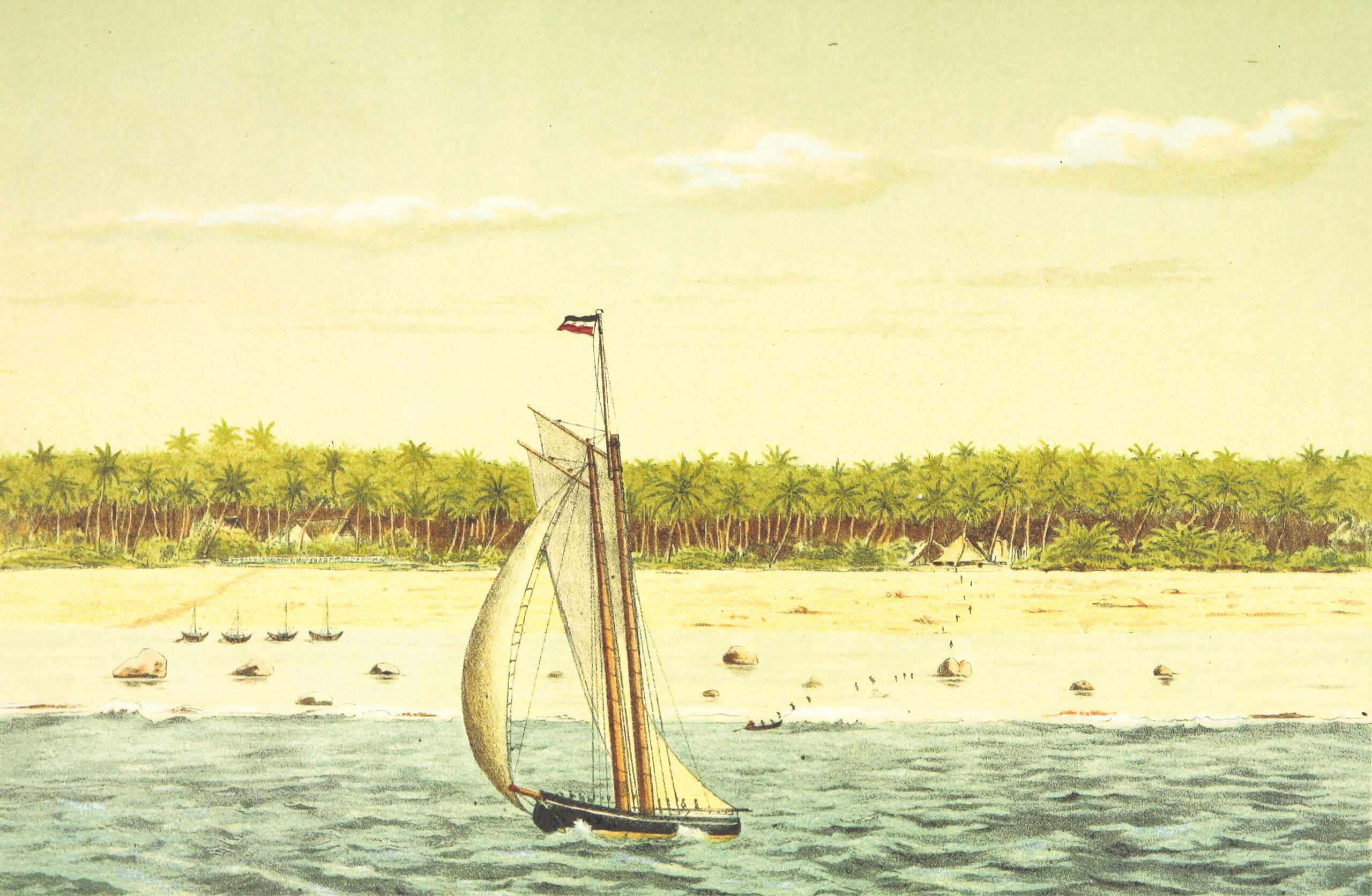A few years ago, the term “NFT” was known only to a narrow circle of developers and crypto-enthusiasts. Today, the word has become part of the global cultural vocabulary, and the digital art market is experiencing a real revolution. Artists, musicians and designers, who previously faced difficulties in selling and protecting their work, have a new tool for monetization and recognition. NFTs have changed not only the format of digital object ownership, but also the philosophy of art itself. Just as in the online casino industry value is attached to various offers and bonuses on https://norwaykryptocasino.com/100-kr-gratisbonuser/, in digital art NFTs create additional incentives for collectors and creators.
In this article, we’ll break down what NFTs are, how they’re changing the market, why they’re being hailed as a “new renaissance” in creativity, and what the future holds for this technology.
NFT: digital code of authenticity
To understand the NFT phenomenon, it is important to realize: in the digital world, any picture, music or video can be copied endlessly. But along with copying, the value of uniqueness is lost. It is this problem that non-replaceable tokens solve.
NFT is a blockchain record that confirms the authenticity and uniqueness of a digital object. Technically, the picture or video itself can be located anywhere, but it is the NFT that records who owns the original. It’s a bit like an artist’s signature on a painting or a certificate of authenticity on a piece of art.
For collectors and investors, NFTs are a real eye-opener: it is now possible to own a digital “original” and not just a copy. For authors, it is an opportunity to protect their rights and earn directly.

From galleries to decentralized markets
The traditional art market was built on intermediaries: galleries, auction houses and curators. They determined which artists would be presented to the public and which would remain in the shadows. The NFT has radically changed this scheme.
Today, any artist can upload their work to a platform like OpenSea, Rarible or Foundation and put it up for sale. What’s more, with smart contracts, the author can earn a percentage of each subsequent resale of the work. This is revolutionary: while in the traditional world an artist earns only once when selling, in the NFT space his income can grow for years.
This new mechanism decentralizes the art market. The artist no longer depends on the tastes of a curator or the possibilities of a gallery. He chooses his own way to the audience and interacts directly with collectors around the world.
New formats of creativity
NFTs have changed not only the way art is traded, but also its very nature. Entirely new genres and formats have emerged that were previously unimaginable.
Today they are tokenizing:
- Digital paintings and animation. Graphics or 3D artists can secure authorship and sell their work in a unique way.
- Music. Songs, albums, and even live recordings are released as NFTs. Artists add bonuses to them: access to private chats or a ticket to future performances.
- Memes and Internet culture. The seemingly humorous content that lives on social networks has also gained a new dimension. The famous “Nyan Cat” meme was sold for hundreds of thousands of dollars.
- Game Objects. Virtual swords, skins and characters are turned into NFTs and can move between projects. This opens up a new market within the gaming industry.
- Metavillages. Virtual lands and architectural objects become valuable assets that are traded like real real real estate.
In this way, NFT has expanded the very concept of art. Now a work can be not only a physical canvas, but also any digital object that has uniqueness.
Opportunities and risks
Like any revolution, NFTs bring with them tremendous opportunities as well as risks.
Opportunities:
- New sources of income for authors. Artists receive fair remuneration and a share of resale.
- Transparency and protection. Thanks to blockchain, the entire ownership history is publicly available and the risk of counterfeiting is minimized.
- Global marketplace. NFT has removed geographic barriers: a small-town author can find a buyer anywhere in the world.
- Community. Many projects form clubs and communities around them, where NFT ownership confers special status or access to privileges.
Risks:
- Market volatility. The value of NFT can rise rapidly but fall just as quickly. This makes it a risky investment.
- Legal uncertainty. NFT confirms ownership of a token, but not necessarily copyright. License issues remain open.
- Technical issues. Sometimes the blockchain only stores a link to a file, not the object itself. If the link disappears, the “art” may be lost.
- Speculation. There are many projects on the market created solely for quick profit, without artistic value.
Thus, NFTs require a careful and conscious approach: they are not just a fashion trend, but a tool that must be handled competently.
The future of NFT art
Today we are only seeing the beginning of the evolution of NFT. We can expect a number of transformations in the coming years.
First, integration with meta-universes. Already now, major companies are investing in virtual spaces where users buy “land”, build buildings and collect digital objects. NFTs here become a key tool to ensure uniqueness and ownership.
Secondly, the participation of major brands and museums. Fashion houses are releasing collections in NFT format, and some museums are beginning to experiment with tokenizing their archives. This opens up new ways of interacting with audiences and attracting funding.
Thirdly, institutionalization of the market. NFTs will gradually be included in investment portfolios and art funds, which will give this segment more stability.
Finally, we should expect the emergence of new legal frameworks that will help regulate issues of authorship and ownership. This will create a more transparent environment for all market participants.



